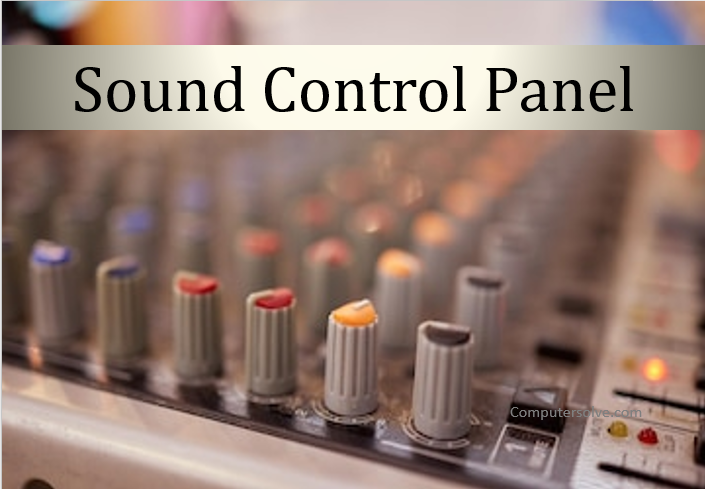The Sound Control Panel is a window that provides access to users for configuring the system sound settings and fixing fault issues such as adjusting the sound volumes, managing playback options, and changing the communication settings. To get access to the Sound settings, right-click on the speaker icon shown on the taskbar and click on the Sounds option to open the system sound settings.
Features
There are several effective features of the Sound settings that are mentioned below in the list. Let’s get to know more about the Sound settings:
- Adjust sound settings: You can configure and balance the system sound settings and also adjust the volume.
- Communication settings: Record and manage all the communication settings; also reset all the audio settings.
- Playback Audio Settings: Manage all the playback audio settings and adjust the volume as per your requirements.
- Run audio troubleshooter: You can run the audio troubleshooter and fix all the faulty settings of sound.
How to access the Sound Control Panel?
To access the sound settings use 3 easy ways:
Access via Windows key
- Press the Windows key and open the system settings.
- Type sound settings in the Windows search bar and hit the enter key.
- To use the keyboard shortcut, press the Windows + I keys simultaneously.
- Now, you can set the sound settings as per your requirements.
Open via Control Panel
- Click on the start menu and search the control panel in the search bar.
- Set the view of options by clicking on the category option.
- Select the Hardware and Sound Settings option.
- Click on the sound to open the sound settings.
Access via Command Prompt
- Press the Windows + R keys simultaneously and it will automatically launch the run dialog box.
- Type mmsys.cpl command in the dialog box and hit the enter key.
- It will automatically open the Sound settings.
- Adjust and manage the sound settings.
What can you do with the Sound Control Panel?
You can fix the sound problems and issues by running the audio troubleshooter:
- Check the speaker output by resetting the audio settings and managing all the audio settings.
- Run the audio troubleshooter so that you can resolve all the audio-related issues and problems.
- Make sure that all the Windows updates are properly installed on the system.
- Check the cables, plugs, jacks, volume, speaker, and headphone connections.
- Then you can turn off all the audio enhancements and try different audio formats.
- Restart the audio devices and sound settings.
- If you’ve microphone issues then make sure that you set the privacy settings are configured.
Read More Links: Disk Management
